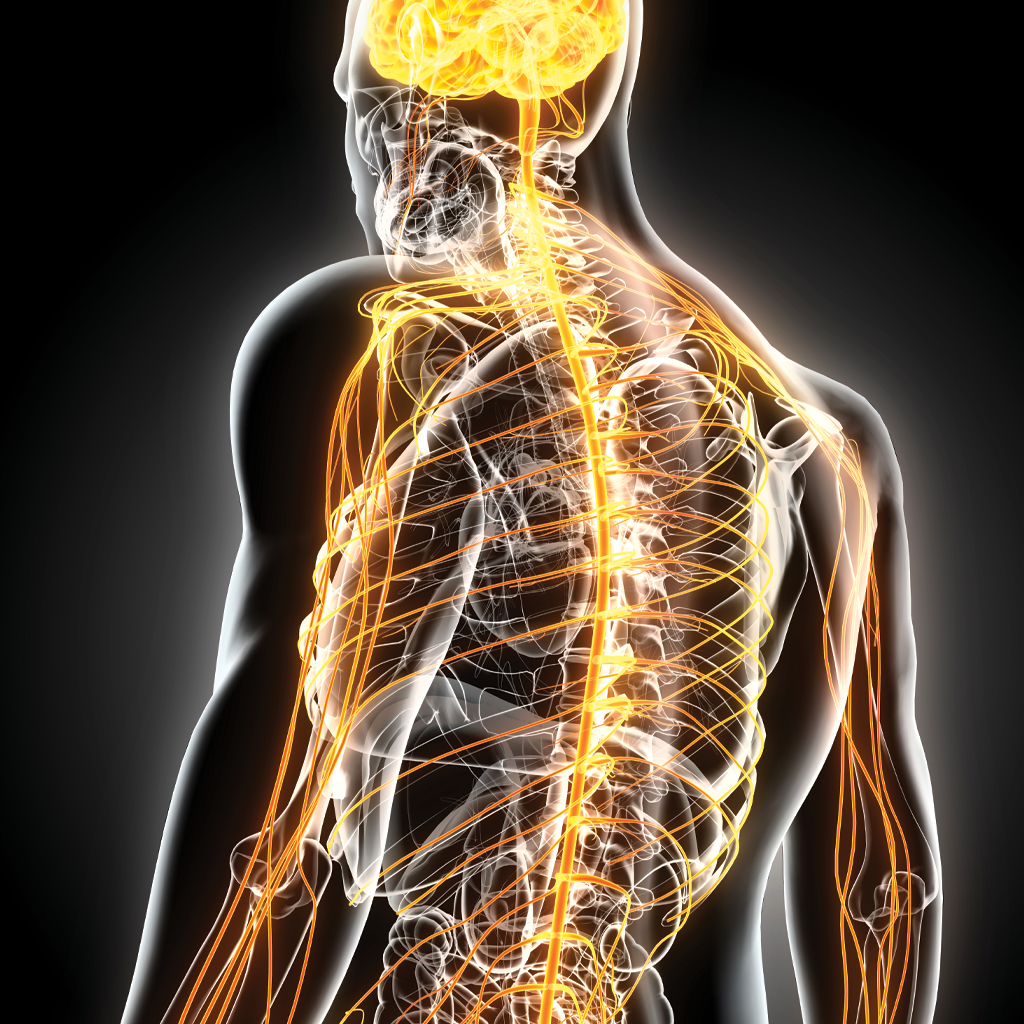Spine fractures/vertebral compression fractures
Osteoporosis is a disease that affects 10 million Americans. Another 44 million Americans have low bone density, which puts them at an increased risk for developing osteoporosis. Women are four times as likely to develop the disease than men, and caucasian and Asian women are at a higher risk than women of other ethnicities. The doctors at Memphis Vascular Center offer minimally invasive treatments for common musculoskeletal problems, such as spine fractures, and we anticipate there will be more such treatments available in the future.
More than a million spine fractures occur each year and osteoporosis is most often the cause. With low bone density, the vertebra within the spine can weaken and collapse. Also known as a vertebral compression fracture, this can cause great pain and discomfort as well as the loss of mobility.
Studies have shown that people with a spine fracture are also at a much higher risk for developing additional fractures, along with reduced lung function, difficulty controlling their bladder or bowels, decreased quality of life and death.1,2,3

